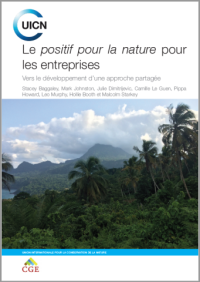What is the issue?
Though there is an active international discussion on how best to define synthetic biology, it generally refers to technologies that allow humans to make precise alterations to the genes of organisms to make them do things that humans want and that those organisms would not normally do.Ìý
Recent advances at the intersection of biotechnology, engineering, computation and chemistry have enabled scientists to design and synthesise new sequences of the genetic code (DNA), which can support the design of cells and organisms that do new things. Precise manipulation of DNA to obtain specific functions is the essence of synthetic biology.Ìý
The practice of synthetic biology is increasing rapidly, with major developments being promised and some delivered across multiple sectors. Over the last 15 years there has been a five-fold growth in companies working on aspects of synthetic biology, with public and private investment approaching US$10 billion over this period.Ìý
Investments and research in synthetic biology mainly focus on products and processes that may improve agriculture, e.g. more disease-resistant crops, or human health, e.g. new medicines. There has been little investment directed at specific conservation benefits. No technology developed for conservation purposes is yet ready to be tested in the field, let alone applied for management, with the possible exception of disease-resistant American chestnut trees.Ìý
One area of synthetic biology that has attracted significant attention is the development of engineered gene drive systems. A gene drive, which can occur naturally, is a phenomenon in which a particular gene gets passed down with a higher probability than the usual 50%. Scientists are exploring the possibility of harnessing gene drives to spread engineered genetic changes through wild populations over many generations. Engineered gene drive systems are still years away from any deployment, despite the fast pace at which this technology is being developed.Ìý






